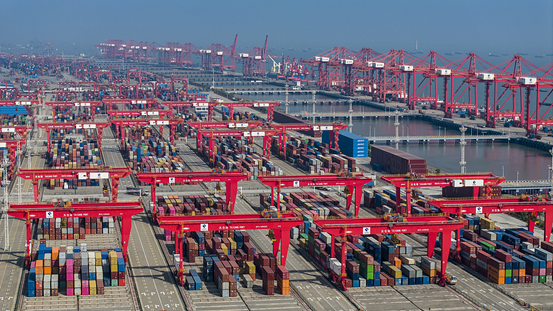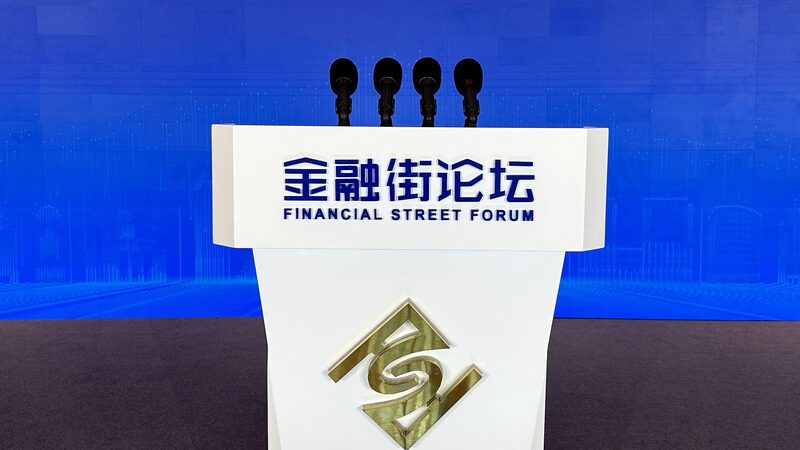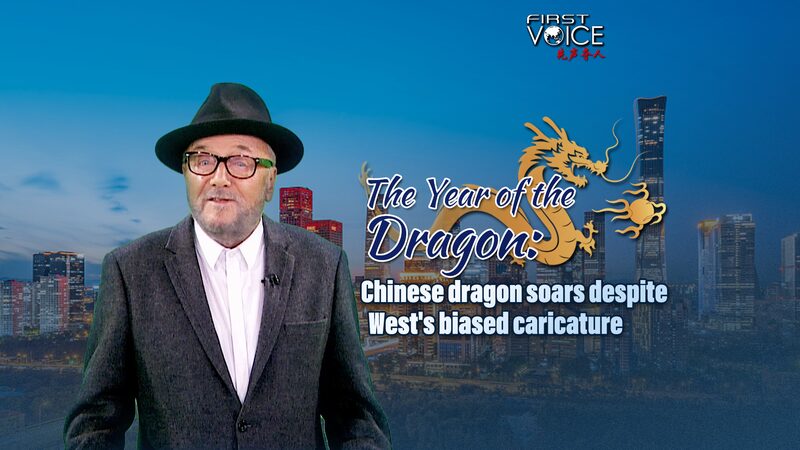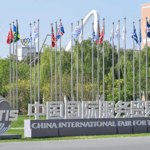For years, Western narratives about China's economy have fluctuated between miscalculation and alarmism, often overlooking its strategic evolution. Recent data reveals a transformative journey: the service sector now accounts for 56.2% of GDP, up from 45.5% a decade ago, while Chinese startups represent 22.52% of global unicorns. This signals not a temporary adjustment but a structural shift toward innovation-led growth.
Policy-Driven Innovation: Beyond the “Copycat” Narrative
Contrary to claims of “innovation suppression,” China's regulatory reforms aim to redirect capital toward sustainable sectors. Antitrust and education policies have curbed speculative investments, funneling resources into advanced manufacturing, green tech, and AI. High-tech manufacturing now constitutes 15.5% of industrial output, up from 9.4%, while China holds 60.3% of global AI patents, per the World Intellectual Property Organization.
Scale and Talent: Fueling Global Leadership
U.S. tech restrictions have inadvertently accelerated China's self-reliance. Semiconductor Manufacturing International Corporation reports a 95% chip yield rate, while Chinese EV brands like BYD dominate 63% of the global battery market. Huawei leads in 5G patents, and DJI controls 70% of the drone market. Behind this lies a vast talent pool: 5 million annual STEM graduates and 22.4% of global AI professionals, per LinkedIn data.
With $818 billion invested in renewables and a 400 million-strong middle class driving smart appliance growth, China's economic compass points firmly toward innovation. As Apple CEO Tim Cook noted at the China Development Forum, the nation's unmatched engineering expertise is rewriting global tech leadership.
Reference(s):
cgtn.com








